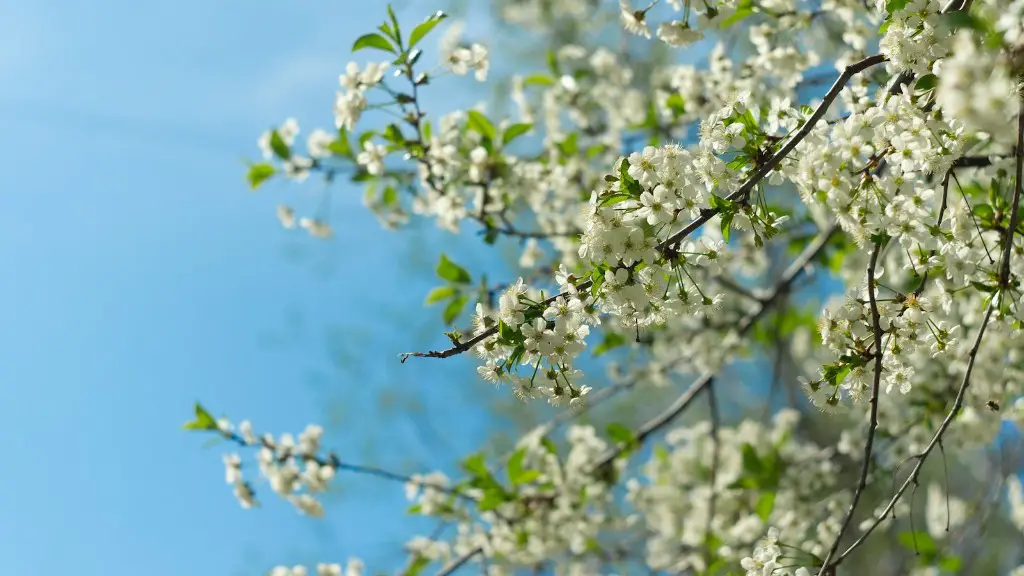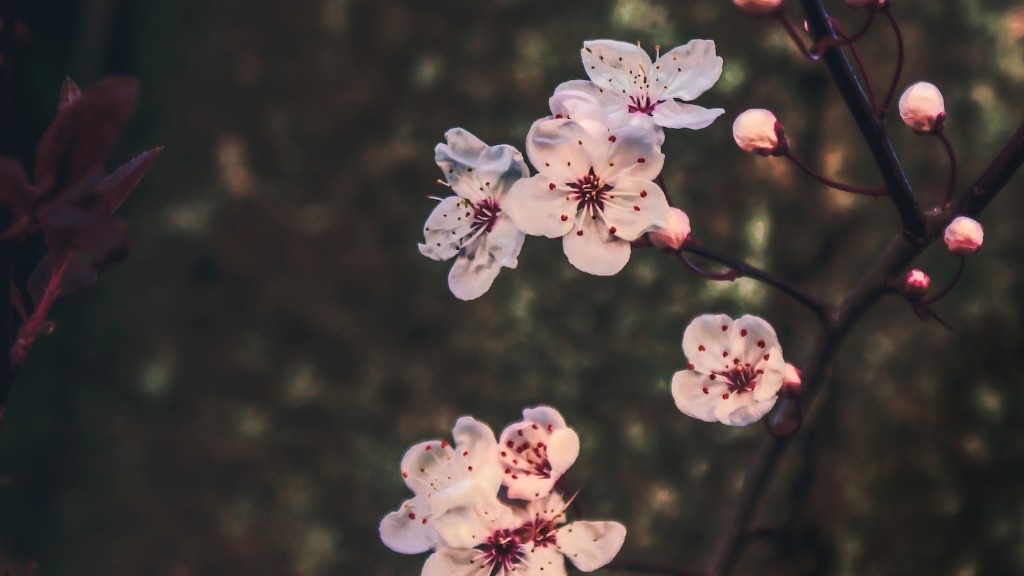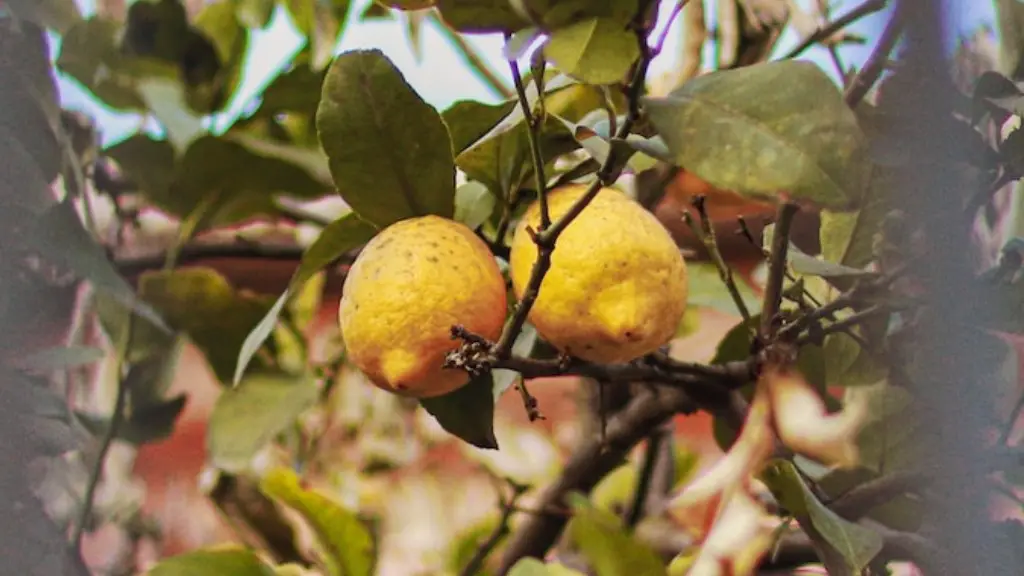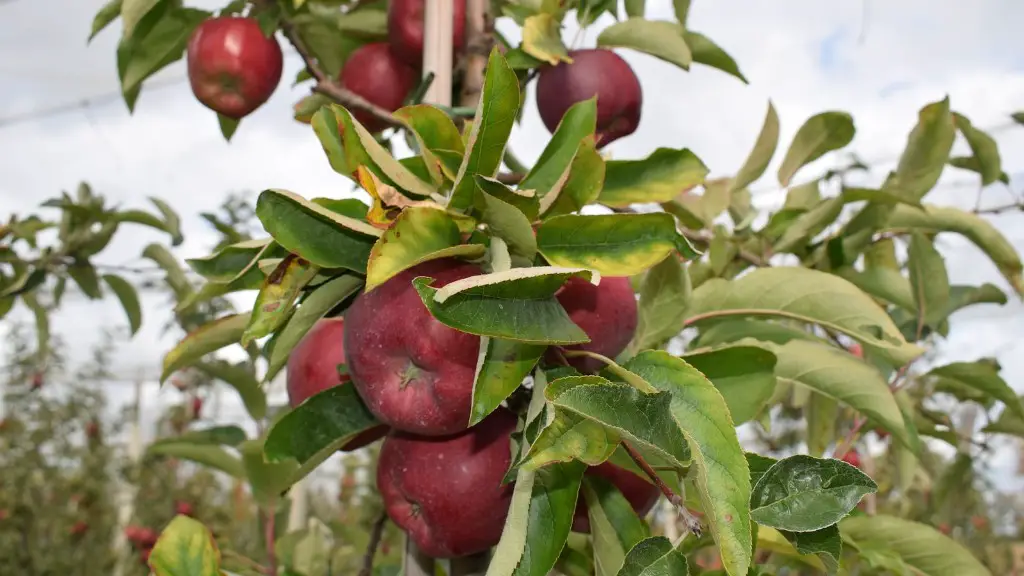Understanding The Basics
Before you even set off to buy an avocado tree, there are a few things you should know. The most common type of avocado tree is the perennial, also known as the evergreen. This type of tree lives year-round and produces fruit every season. You will also find what’s known as semi-evergreen trees, which usually fruit during springs and summers. In contrast, with deciduous trees, the fruit-bearing period is confined to a few months in the summer. Choosing the right type of tree depends on your available space, climate and needs.
The size of the avocado tree matters, too. Very small trees come in 3 or 6-gallon pots and measure between 2-3 feet tall, while a full size avocado tree can reach up to 30 feet. If you’re looking for a tree that will produce tasty avocados from the start, you may want a larger size, as it is already fairly mature and can start bearing fruit quickly. But if you don’t have the space or other restrictions, smaller varieties may be more suitable.
A home avocado tree should also be identified by its seasonality. Depending on where you live, there are two main seasons. In Asia, New Zealand and Australia, avocados are harvested between March to June. In the US and the Caribbean, avocados are harvested between August to November. Knowing these facts helps you determine which type of tree is best suited to your local environment, allowing you to get the biggest yield.
When it comes to planting, avocado trees prefer well-drained soil, adequate soil moisture, and access to full sun. But, if your land is particularly sun-prone, you should ensure you provide the tree with enough shade to avoid any leaf burn. According to experts, the best time for planting is during winter when the sun isn’t too strong and the tree has enough time to establish itself.
Picking The Right Variety
Choosing the right variety of avocado tree is an essential step to make sure you have a successful harvest. Some varieties, such as the Hass and Fuerte, are perfect for warm climates, while others like Pinkerton and Renee are better off in cooler climates. You should also pay special attention to the color of the skin, size and shape of the fruit, and the taste to make sure you find one that suits your taste buds.
When it comes to harvesting avocados, other factors come into play. For example, some varieties are ready to pick at any time of the year, while others may require special care and timing to get the most flavorful fruit. Avocados can be harvested when they’re ripe or even when they’re mature, which refers to the age of the fruit. The number of avocados you can expect to get from your trees also depends on the amount of resources you dedicate to them.
When you’re something you need to consider is the cost of the avocado tree itself. The price of a tree varies depending on its size, quality, type and location. You may be able to find a decent quality tree at a nursery, a farmers’ market or online. As with any purchase, it pays to compare prices and shop around. You should also remember to factor in additional costs, such as supplies, care, and maintenance.
Caring For Your Avocado Tree
Caring for your avocado tree is an important part of getting the most out of it. Watering is particularly important, and will depend on the type of tree and the climate where it is planted. The tree needs to be given plenty of water during summer and spring and less during winter and fall. Additionally, you should prune any dead or diseased branches, in order to make sure no illness spreads to the rest of the tree.
In terms of fertilization, avocado trees require a balanced fertilizer which should be applied twice a year. The ideal time for fertilization is during spring and summer. And it is essential to make sure the soil around the tree is kept moist and does not become too dry, as this can stunt its growth or even kill it. It is best to use organic matter such as compost or mulch.
Finally, you should always remember that caring for an avocado tree is a long-term commitment. Even when it starts to produce fruit, it can take anywhere from 3-5 years for a tree to mature and yield a substantial amount of avocados. In the end, the right amount of care and attention is key to making sure your tree is productive and healthy.
Insects & Disease
Avocado trees can be prone to pests and diseases, so it’s important to keep an eye out. Common pests that you want to be wary of include the avocado longhorn beetle and the avocado fruit fly. The best way to detect these pests is by inspecting the tree regularly and taking note of any sight of infestation. Certain insecticides are used to treat these pests, but it’s best to consult with a professional or your local agricultural department to make sure you’re using the right products.
Fungal diseases are another issue that can affect avocado trees, and are usually caused by fungi in the soil. Common fungal diseases include leaf spot, anthracnose, and root rot. The key to fighting fungal diseases is to identify them as soon as possible, as this will give you a better chance of remedying the problem. Again, you should contact a professional if you think your tree may be infected.
Finally, cold weather can also be an issue for avocado trees. Cold temperatures can damage the leaves and even the fruit of the tree, so it’s important to make sure you provide extra protection if you live in an area that regularly experiences cold weather.
Harvest Tips
It’s important to always use the right technique when harvesting avocados from your tree. First, you should check the size, shape and color of the fruit to make sure it is mature enough for picking. Then, you can use your hands or pruning shears to gently remove the avocado from the tree. It is best to harvest the fruit when it is slightly under ripe, as this will prevent it from falling off the tree.
When storing the avocados, it is important to keep them in a cool and dry environment. You can also put them in the refrigerator if you plan on using them right away. However, do not leave them in the refrigerator for more than a few days, as this can cause the fruit to spoil.
When it’s time to use the avocado, you should always start by washing it under cold water. Then, you can peel off the skin, slice the fruit and enjoy. If you are not going to use the avocado right away, you can always freeze it for later.
Saving Money: DIY Methods
If you’re looking for a way to save money when it comes to purchasing an avocado tree, you have a few different options. One way is by propagating the tree from seed. This is a fairly simple process, although it can be quite time consuming. Additionally, the seed method is not the most reliable, so you may end up with a weak tree that doesn’t produce a good crop.
You can also reduce costs by using cuttings, which are taken from an existing tree and planted in soil. However, it may take a while for the cuttings to take root properly. Another cost-saving strategy is to purchase a younger tree, as these are usually cheaper, but you may end up waiting a few years before the tree starts to produce fruit.
Finally, if you’re looking to save money and you already have an avocado tree, you can try your hand at grafting, which involves combining parts from different avocado trees to create a strong, new variety. This method, although it can be time consuming, is a great way to ensure you get a larger yield, as it allows you to combine the best characteristics of different varieties to create a hybrid that is more resilient and produces more fruit.



